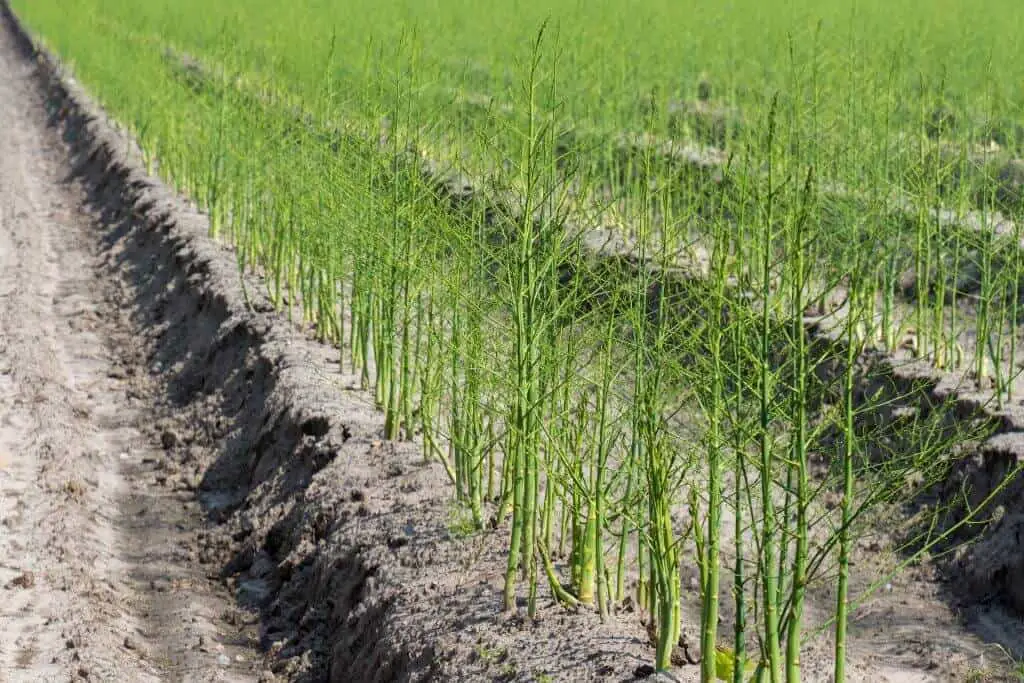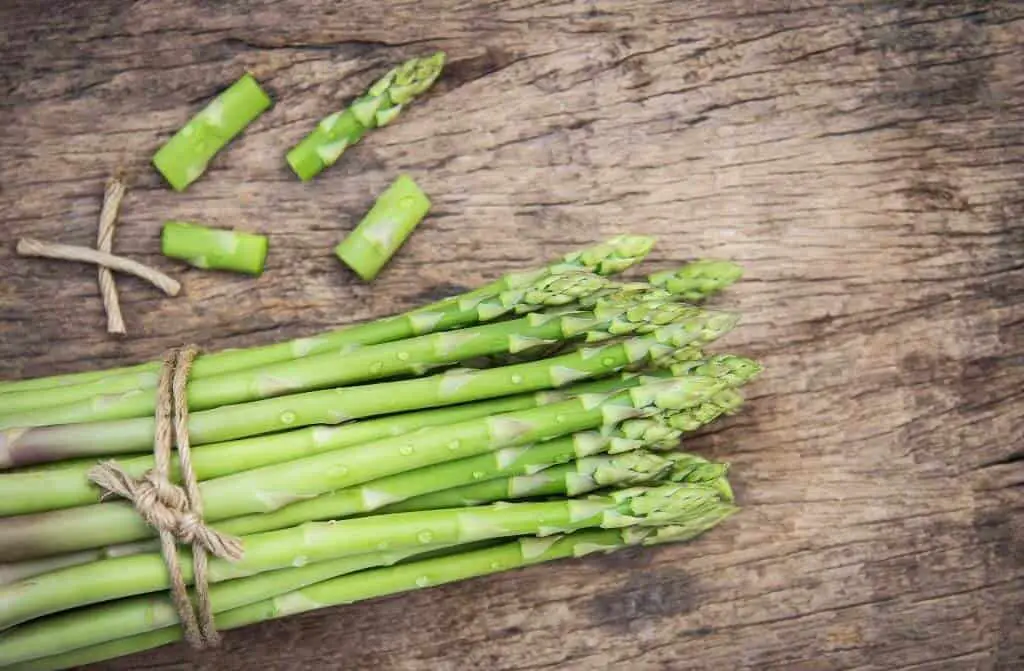Best Tips For How To Grow Asparagus

Growing asparagus is not just a fulfilling activity, but also a healthy one. This vegetable is packed with vitamins B and C as well as iron.
When you learn how to grow asparagus, you begin the journey towards having easy access to fresh, delicious spears for you and your family. Here are all the tips you need for learning how to grow asparagus.
How to Plant Asparagus and Ideal Varieties
Carefully select and prepare your asparagus bed. The vegetable can occupy the same spot for decades. While asparagus can be planted under some shade, it does much better in full sun.
The vegetable thrives in light soils that warm up fast in spring and drain well. Soils with poor drainage may cause asparagus roots to rot.
Prepare the planting bed by ridding it of perennial weeds and roots and digging in aged compost. Each asparagus plant is either male or female.
However, certain varieties including Jersey Knight and Jersey Giant produce all male or mostly male plants.
Male asparagus plants tend to have more harvestable shoots because they do not need to produce seeds. Consider planting all-male asparagus varieties if you are more concerned about high yields.
Experiment with other asparagus varieties such as heirloom asparagus and purple passion. Roughly 20 all male plants are usually enough for a family of four.
If you want to have mature asparagus faster, plant-year-old crowns instead of seeds.
Buy your asparagus crowns from reputable nurseries where you are more likely to find fresh and disease-free roots. Consider planting the crowns immediately; otherwise, wrap them in moderately damp sphagnum moss for later planting.
Once you are ready to plant, dig trenches about 12 inches wide and 6 inches deep. Leave the crowns soaking in compost tea for about half an hour before planting.
Take the crowns, place them in the trenches, and top them with 3 inches of soil. Maintain 2 feet spacing between the crowns.
Continue gradually adding an inch of soil every two weeks until the soil creates a slight mound above the surface level.

Mulching and Watering Your Asparagus
Apply mulch to kill weeds that compete with young spears for water and nutrients. Also, remove all weeds that appear. Be sure to water your asparagus plants regularly after planting. The more asparagus matures the less water it needs.
Top dress with liquid fertilizer especially in spring and fall. In case some of the foliage is killed and falls on the bed, leave it there to provide protection in winter.
However, be sure to remove all fallen foliage in spring because it may harbor disease-causing pests.
How to Grow Asparagus from Seed
Growing asparagus from seed requires lots of patience. However, the results are often worth the wait. Unlike nursery-grown roots, seed grown asparagus do not usually suffer from transplant trauma. Additionally, a whole pack of asparagus seeds may be the same price as one crown.
In most cases, seed-grown asparagus produces better yields than root-grown asparagus.
In addition, growing from seed offers you opportunities to selectively discard female asparagus plants and plant all male plants regardless of the variety you choose.
The best time to start growing asparagus from seed in the North is in late February and early March.
First, plant seeds in paper pots and place them close to a window. Maintain the temperature of the environment at about 77 degrees Fahrenheit.
Once the seeds sprout, lower the temperature of the environment to between 60 and 70 degrees Fahrenheit.
Plant the seedlings in 2 to 3 inch deep trenches in a nursery bed once they attain a height of about a foot tall. Transplant the asparagus to a permanent bed the following spring.
Related: How to Freeze Herbs
Dealing with Pest Problems
The most common asparagus pest in spring is asparagus beetle. Spray or dust infested plants with insecticidal soap.
When learning how to grow asparagus, you have to be aware of how to deal with diseases such as asparagus rust, which causes stems and leaves to develop reddish-brown spots.
This disease can be prevented by planting asparagus in raised beds, ensuring proper drainage, and maintaining soil alkalinity.
Harvesting Asparagus
Harvesting your asparagus is the best reward for all the time you invested in learning how to grow asparagus. Avoid harvesting asparagus spears during the first two years the plants are in a permanent bed.
Start harvesting gradually during the third season by picking spears over four weeks. On the fourth year, extend the harvest to eight weeks.
The best way to harvest asparagus is by cutting the spears with a sharp knife at or right below the ground level.
